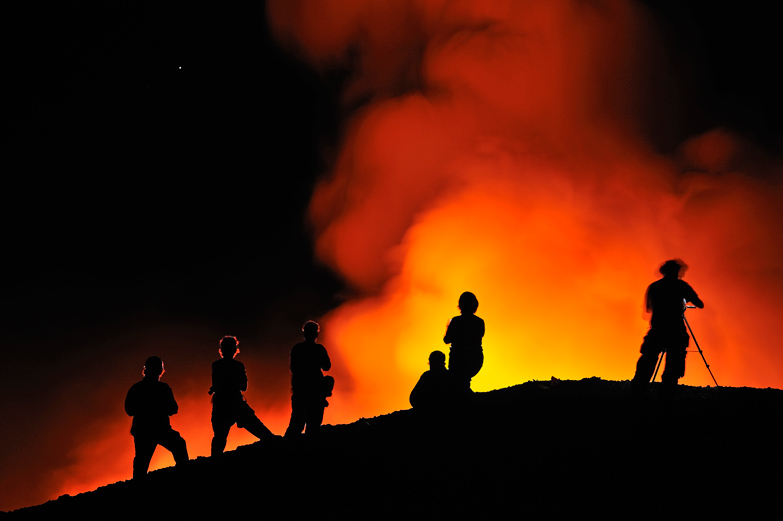
Hilo knows first-hand what it means to be hit by a tsunami and this educational facility tells that story – and the stories of other big waves, some from very recent history. The Pacific Tsunami Museum has a tsunami-warning-center simulator, a machine that shows how big waves occur, and an archive of survivor stories. Not nerdy enough? The Pacific Tsunami Warning Center also welcomes guests, but you’ll need to call ahead (details are on their website, ptwc.weather.gov/ptwc/media.php) as it’s a working tsunami-tracking facility.
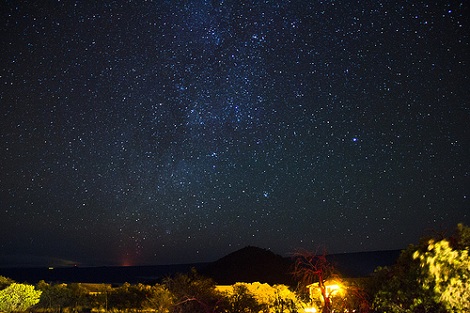
What’s this about the 3D Hitchhiker’s Guide to the Universe? No, it’s not a 3D showing of the movie based on the Douglas Adams books, it’s a 3D viewing of images shot from the observatory on the top of Mauna Kea and other astronomy sites. ‘Imiloa Astronomy Center is a hands-on science center that makes strong connections between the great Polynesian navigators and current astronomy. There’s a lot here for kids, but the solid science and special programs make the center grown-up-nerd friendly too. The programs change, so you might not get the 3D Hitchhiker’s Guide, but you’ll get something geeky, guaranteed.
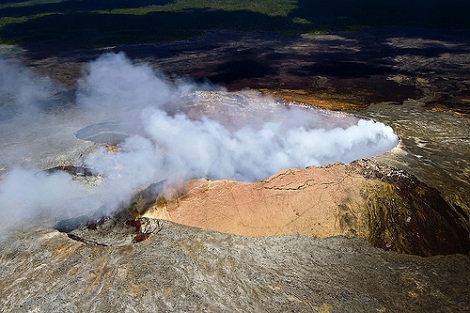
Kilauea’s active vent, Halema’uma’u has been spewing gas into the atmosphere in a great sulphurous cloud since 2008. Being in such close proximity to a place where the planet is actively remaking itself can set even the most unflappable geology nerd’s heart a-flutter. Read the active seismographs at Jaggar Museum, attend a ranger-led talk or hike, or just be awebstruck that you’re standing on an active volcano crater.
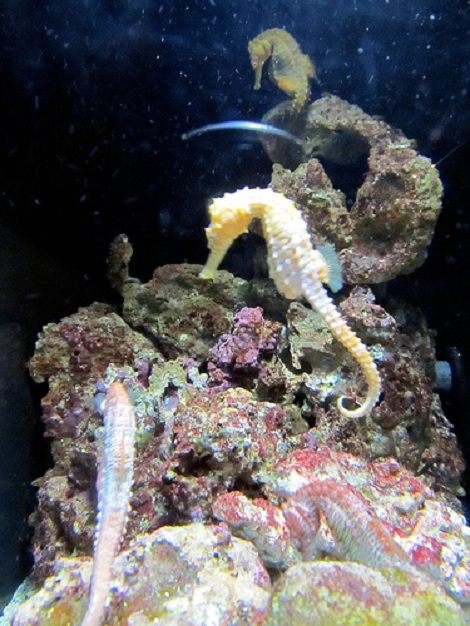
Saltwater aquarium aficionado? Marine biology nerd? Ocean Rider Seahorse Farm (www.seahorse.com) is the ranch for you. Sorry, no trail rides, but you can tour the breeding facility and learn all about the important role seahorses play in the marine ecosystem. Bonus? Acting like a hitching post by plunging your hands into a seahorse tank and having a critter wrap its tail around your fingers.
Fish farming and solar farming are just two of the sustainable enterprises taking place on the grounds at the NELHA, where science is focused on keeping Hawaii green. There are a few different tours – some of which include tasting the abalone and kampachi that are farmed onsite. Call ahead and reserve if you want to see everything; reservations aren’t required for some of the smaller tours (check details on their website, www.energyfuturehawaii.org).
What’s nearer to a geography nerd’s heart than faraway lands? Mokupāpapa is devoted to territory so remote and protected that it sees only a few hundred visitors per year – and with Midway Atoll closed due to government budget cuts, those visits are becoming rarer still. In lieu of an in-person trip to Hawai’i’s far-off corners, a visit to the Hilo-based Discovery Center will take you there virtually, teaching you about the flora, fauna and Polynesian history of this spectacular ecosystem.
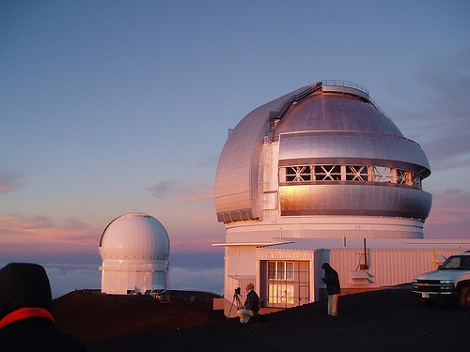
You can book a tour that will bundle you in a big parka, make sure you have plenty of hot cocoa, and do the driving for you, or you can rent a four-wheel-drive vehicle and join a ranger-led convoy to the summit. No 4WD? Then join the stargazing program that takes place every night – for free – at the Mauna Kea Visitor Information Station. Heads up! This is an extreme environment, it can be very cold, the altitude may affect some visitors, and winter road conditions can be dangerous. Read up on the safety precautions before you go (the information center’s website is a good place to start: www.ifa.hawaii.edu/info/vis/visiting-mauna-kea).